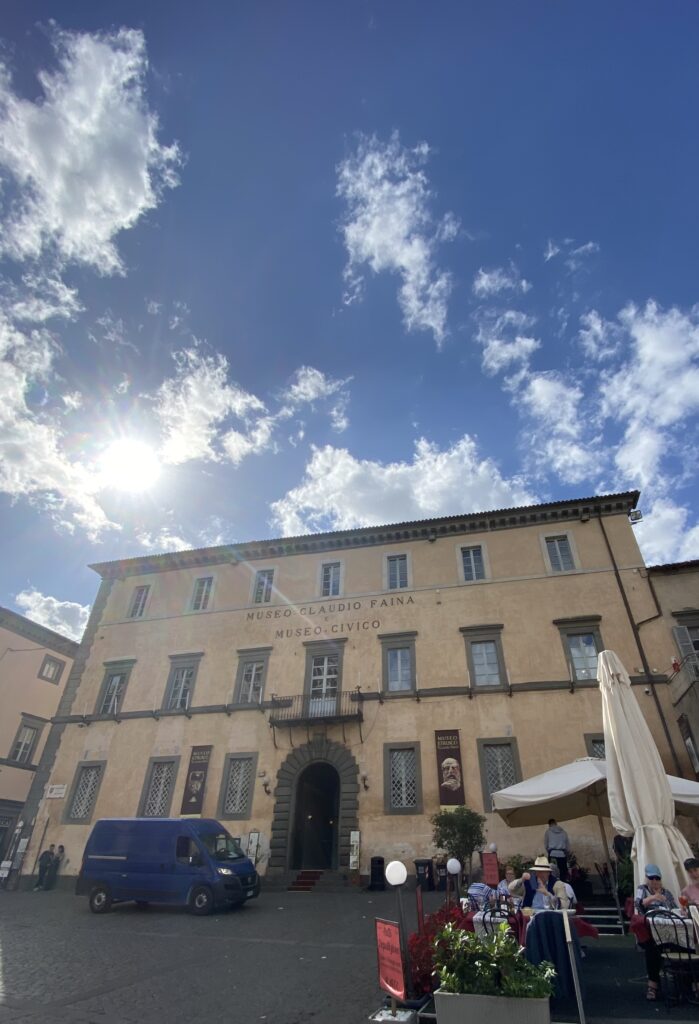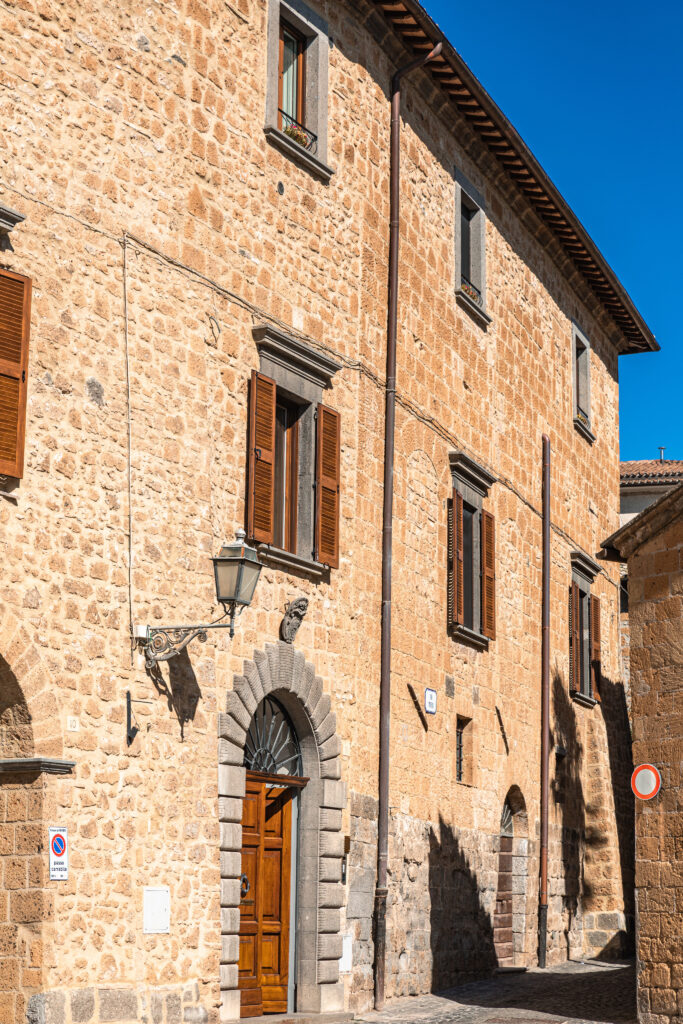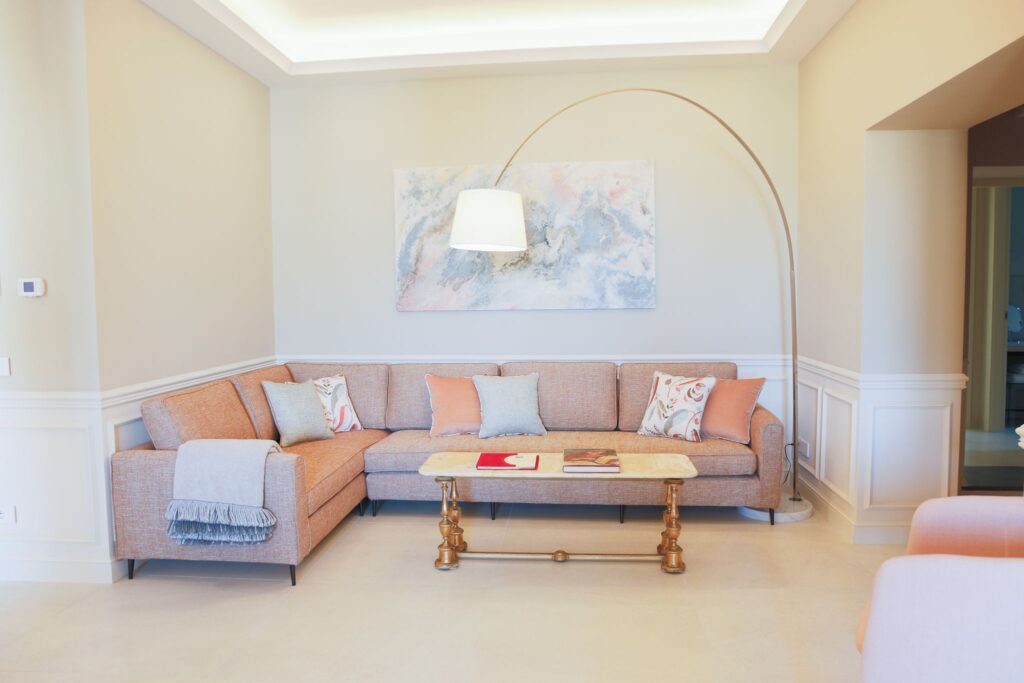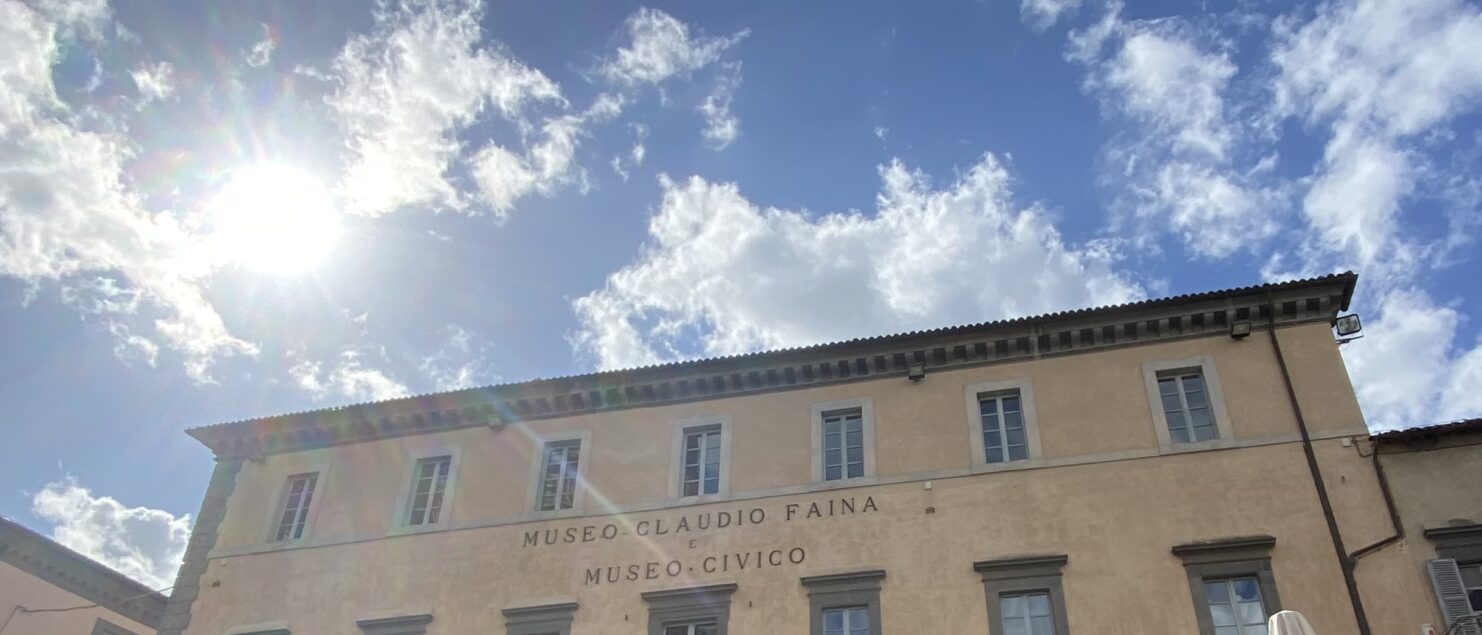Visitor Perspective, by Palazzo Misciattelli: #3, the Claudio Faina Museum
In honour of the upcoming 2025 Jubilee, Palazzo Misciattelli is delighted to introduce a series of posts on all the sites included in the Orvieto Carta Unica, from the visitor’s perspective!
#3, the Claudio Faina Museum
Discovering the Claudio Faina Museum: A Journey Through Etruscan and Roman Treasures
In the heart of Orvieto, a picturesque town perched on a volcanic plateau in Umbria, Italy, lies the Claudio Faina Museum. This museum, housed in the historic Palazzo Faina, is a gem for history enthusiasts and art lovers alike. It boasts an impressive collection of Etruscan and Roman artifacts, providing a fascinating glimpse into the ancient civilizations that once thrived in this region. For those seeking to delve deeper into the rich cultural heritage of Orvieto, the Claudio Faina Museum is an essential destination.

A Brief History of the Museum
The Claudio Faina Museum was established by the Faina family, prominent citizens of Orvieto, who dedicated themselves to collecting and preserving ancient artifacts. The museum’s collection was significantly expanded by Count Claudio Faina, an avid archaeologist and antiquities collector. His passion for Etruscan and Roman history led to the accumulation of one of the most significant private collections in Italy. Today, the museum stands as a testament to the family’s dedication to cultural preservation and education.
The Palazzo Faina
The museum is located in the Palazzo Faina, a beautiful neoclassical building situated directly opposite the Duomo of Orvieto. The palazzo itself is an architectural marvel, adding to the overall experience of visiting the museum. The Faina family moved, between 1855 and 1856, to the Palace in front of the Cathedral of Orvieto, completely renewing it. The building, built on a previous medieval building, had already been renovated in the sixteenth and seventeenth centuries. The nineteenth-century transformation, which modified the structure and the decorative structure, was started by Count Claudio Faina. The palace walls are beautifully decorated in neo-baroque frescos attributed to the Perugian painter Annibale Angelini.
Highlights of the Collection
The Claudio Faina Museum’s collection is renowned for its breadth and quality, with artifacts spanning several centuries. Here are some of the highlights that visitors can expect to see:
1. Etruscan Ceramics and Pottery
The museum boasts an extensive collection of Etruscan ceramics and pottery, ranging from everyday household items to intricately decorated ceremonial vessels. The Bucchero pottery, characterized by its black, glossy finish, is particularly noteworthy. These pieces showcase the Etruscans’ skill in pottery and their distinctive aesthetic sensibilities.
2. Bronze Artifacts
The Etruscans were master metalworkers, and the museum’s collection includes a variety of bronze artifacts. These range from everyday items like mirrors and utensils to more elaborate pieces such as votive statues and ceremonial objects. The craftsmanship and detail evident in these artifacts are a testament to the Etruscans’ advanced metallurgical techniques.
3. Greek Vases
One of the museum’s standout collections is its array of Greek vases. These beautifully decorated vases, imported by the Etruscans from Greece, illustrate the cultural exchanges between these ancient civilizations. The vases are adorned with intricate scenes from mythology, daily life, and athletic competitions, offering insights into the values and interests of the time.
4. Jewelry and Personal Adornments
The museum’s collection of jewelry includes exquisite pieces made from gold, silver, and bronze. These items, such as necklaces, earrings, and fibulae (ancient brooches), reflect the Etruscans’ sophisticated taste and their expertise in working with precious metals. The intricate designs and craftsmanship are truly remarkable.
5. Roman Artifacts
In addition to its Etruscan treasures, the museum also houses a significant collection of Roman artifacts. These include sculptures, inscriptions, and everyday objects that provide a glimpse into the Roman way of life. The Roman section of the museum complements the Etruscan collection, highlighting the continuity and changes in the region’s history.
Visiting the Claudio Faina Museum: Tips to Enhance Your Visit
- Opening Hours: The museum is generally open daily, but hours may vary, so it’s advisable to check the current schedule before planning your visit.
- Admission: There is an entrance fee of € 6,00 for the museum, which includes access to all exhibits. Combined tickets that include entry to the Duomo and other nearby attractions are also available.
- Accessibility: The museum spans 3 stories with an elevator.
- Location: The museum is located in the Palazzo Faina across from the Duomo of Orvieto, roughly a 5-8 minute walk from Palazzo Misciatteli towards the historic center of town.

Palazzo Misciattelli is a small boutique hotel, an urban haven of contemporary luxury and ancient tradition, your exclusive retreat nestled atop the glorious clifftop city of Orvieto. All sites on the Carta Unica ticket are reachable within a 5-15 minute walk from the Palazzo.
Located halfway between Florence and Rome, the luxury residences are the perfect base for exploring Umbria, Tuscany, and the surrounding Unesco countryside.
Minutes by foot from the breathtaking Duomo and city center, the Palazzo is still privately owned by an ancient aristocratic Italian family. The four-story Palazzo spans 3000 years of history with visible Renaissance and Medieval elements atop Etruscan foundations.
Each luxury residence features opulent decor, sumptuous furnishings, and private living and dining areas. Boasting private gardens and terraces with glorious views, the Palazzo offers a sauna, plunge pool/jacuzzi, fitness room, roof terrace, and elevator. Guests have special privileges at the owner’s countryside properties where they can visit truffle forests, vineyards, and olive groves.

The Carta Unica is a visitor ticket available for purchase online or in the ticket offices of Orvieto, granting access to many important sites in the city. Very few people are able to see all of the sites it offers in a stay of 3-4 days. Can you?

